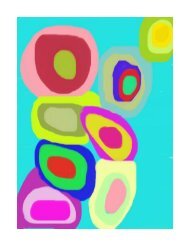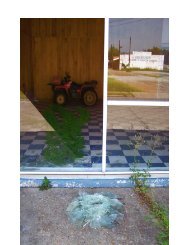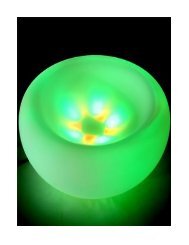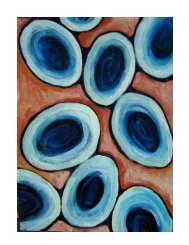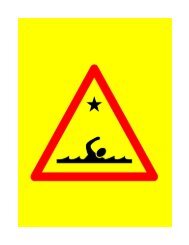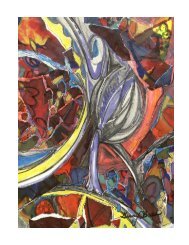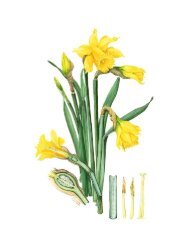Commentaries on Bob Cobbing - The Argotist Online
Commentaries on Bob Cobbing - The Argotist Online
Commentaries on Bob Cobbing - The Argotist Online
Create successful ePaper yourself
Turn your PDF publications into a flip-book with our unique Google optimized e-Paper software.
strategy or discuss tactics or to found schools, but to learn from each other at a level where<br />
language almost fails as we try to make better our new linguistic artefacts.<br />
‘An Approach to Notati<strong>on</strong>’ commences with a crafty pedagogical approach by asserting, without<br />
seeming to assert, that there is ‘ear verse with an eye equivalent, eye verse with an ear equivalent’<br />
and verse ‘in which the two aspects are equally important or so closely interwoven as to be almost<br />
inseparable’.<br />
He does this by telling us that Houédard distinguished between them.<br />
Not <strong>on</strong>ly does this avoid the propositi<strong>on</strong> that a visually-emphatic poem [7] is a poem, and that<br />
propositi<strong>on</strong> was far more c<strong>on</strong>tentious then than now, but it also enables <strong>Cobbing</strong> to elaborate and<br />
depart from the narrow meaning of “Notati<strong>on</strong>” allowing him to speak of poems visually as such.<br />
That matters when <strong>on</strong>e remembers that <strong>Cobbing</strong> held that the poem must work visually before<br />
<strong>on</strong>e c<strong>on</strong>siders what it might sound like.<br />
This indirect approach takes me back to the idea of <strong>Cobbing</strong>’s ability to disarm, at least partially,<br />
those who would criticise his aesthetic.<br />
He says of his 1954 poem, ‘Worm’, ‘this poem seemed to need different treatment’ and thus<br />
asserts, implicitly, something that was implied by something he sometimes said, particularly in the<br />
1970s when talking of using recording equipment: ‘making the poem more like itself’.<br />
Making a poem more like itself could mean performing it in such a way that most nearly<br />
represents what the poet wants or imagines the poem to sound like. It could also mean that he felt<br />
his poems, perhaps all poems, had something of the noumenal about them.<br />
I’m sure he did not. And yet…<br />
In his comment <strong>on</strong> Steve Dwoskin’s versi<strong>on</strong> of the poem <strong>Cobbing</strong> calls here ‘Tan Tandinanan’ (‘He<br />
has very successfully attempted to match the shape of the sound performance with his visual<br />
interpretati<strong>on</strong>’) we are clearly speaking of the poem as it is in the world of time and space; as with<br />
his note to Sound Poems (‘<strong>The</strong>se poems are SOUND poems so much of the creative work must be<br />
d<strong>on</strong>e by the reader).<br />
‘Panzoologicomineralogia’, he tells us, ‘is not an exact notati<strong>on</strong> to be followed rigidly’ and then:<br />
‘intended to stimulate the voices into a free and sp<strong>on</strong>taneous interpretati<strong>on</strong>’, an explanati<strong>on</strong><br />
expanded in Secti<strong>on</strong> II as ‘intended for several sp<strong>on</strong>taneous and independent voices, and the layout<br />
enables the voices to find their way around the poem more easily’. That is a rather good definiti<strong>on</strong><br />
of notati<strong>on</strong>, I think.<br />
‘Are your children safe in the sea?’ may be equally indicative; but <strong>Cobbing</strong> skilfully directs us<br />
around that simplistic categorisati<strong>on</strong> by c<strong>on</strong>centrating <strong>on</strong> its different history. In terms of his<br />
opening summary of Houédard’s positi<strong>on</strong>, it makes the case well and indicates the variety of<br />
<strong>Cobbing</strong>’s approach.



